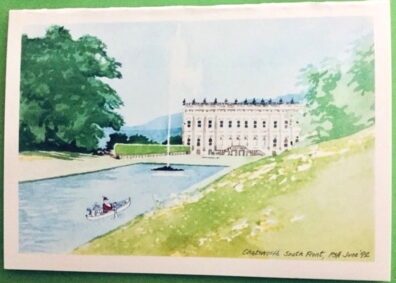For this important anniversary year, we invited Olmsted family chronicler Joan Hockaday to write a series of essays. This is her first installment, with more to come:
Happy New Year to all Washington State University Press book readers, writers, and editors.
This year, park-maker, landscape architect and author Frederick Law Olmsted (FLO) turns 200! There are bicentennial events planned across the country on his birthday, April 26. Happy birthday, FLO!
On the 26th of each month throughout 2022, 200 years after his birth in Hartford, Connecticut, we will explore the family ties that helped FLO achieve one of the highest profile professional standings in America. His own father willingly helped finance each of FLO’s whims—and there were many—preceding his 1858 early career start with Central Park’s design.
FLO, along with his best friend and younger brother John Hull Olmsted, explored the English landscapes from Liverpool to London. Mostly traveling on foot to save money, the trip provided FLO with the visual inspiration for a lifetime of landscape design and park-making. He soon produced a book (pictured below)—his first—of those 1850 travels abroad.
Back in the States just before the Civil War, the pair explored the South on horseback together—despite his brother’s poor health and recent marriage to Staten Island neighbor, Mary Perkins. After John Hull Olmsted died of tuberculosis in 1857, FLO married his brother’s former bride and kept his promise to take care of their children, including John Charles Olmsted. It was a lifelong gift to honor his beloved brother.
Frederick Law Olmsted Jr. (Rick) was born in 1870, just a decade before the Olmsted Boston office opened, and he joined his father FLO and brother John Charles (JCO) during the early years of their landscape architecture venture. After FLO and JCO (profiled in Greenscapes) died in the early 1900s, he helped carry on the Olmsted Brothers office with his own successful career. Indeed, family ties led to a thriving business, and then to the profession of landscape architecture in America in 1899 with the younger Olmsted, JCO, as its first president.
Without these young men helping father FLO, would his new profession and firm have flourished? This is one of the questions we’ll explore throughout 2022.
We look forward to seeing you for the next essay in the “Greenscapes/Earlyscapes” series.
—Joan Hockaday, author of Greenscapes: Olmsted’s Pacific Northwest


